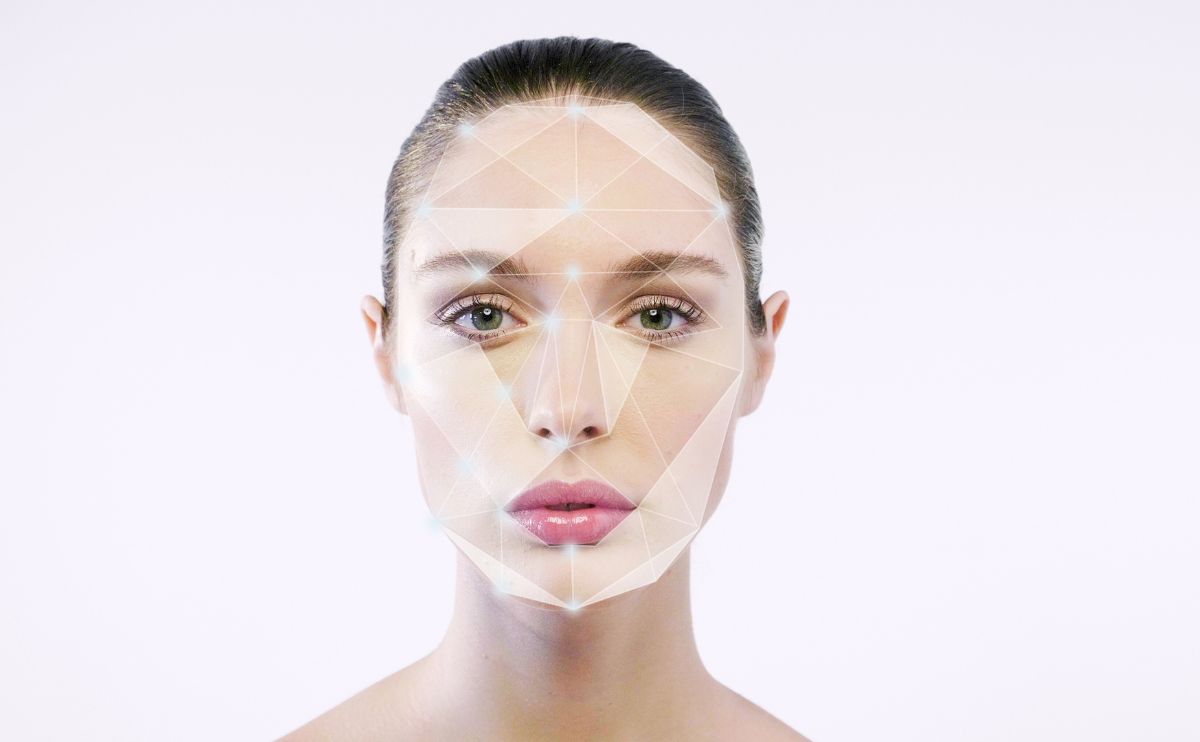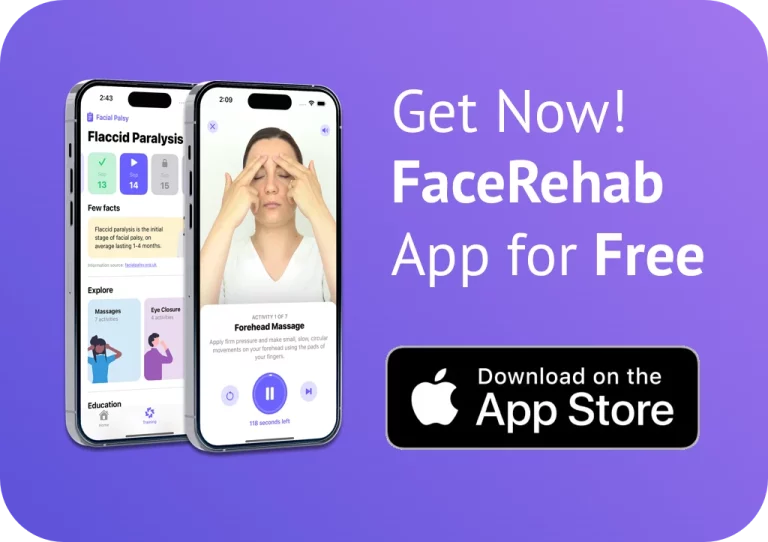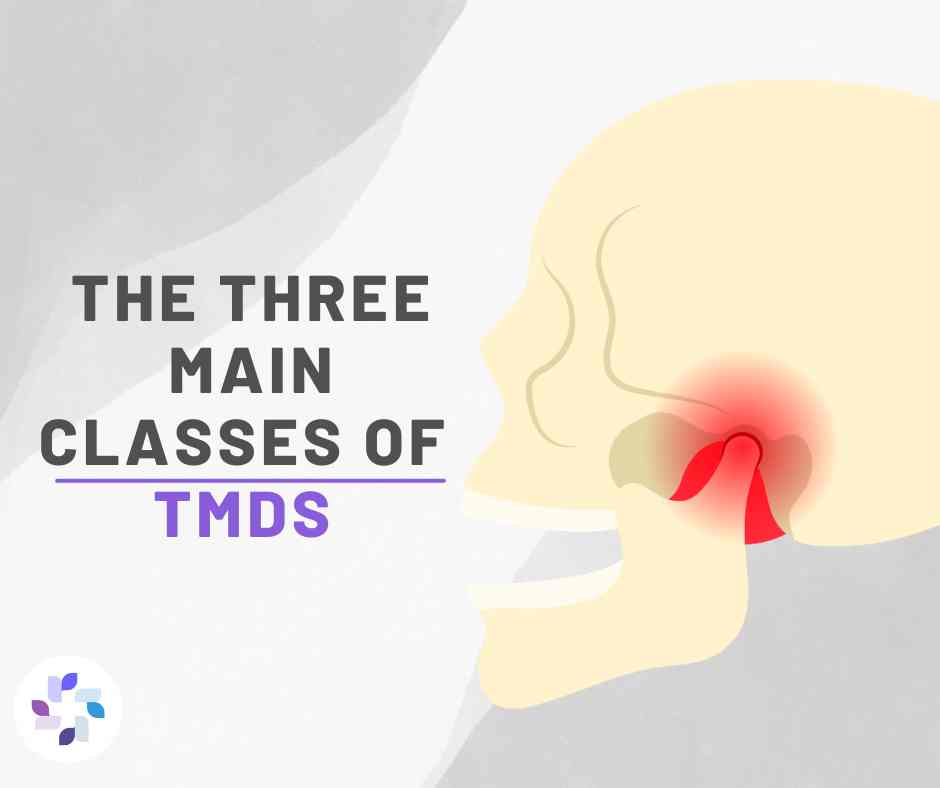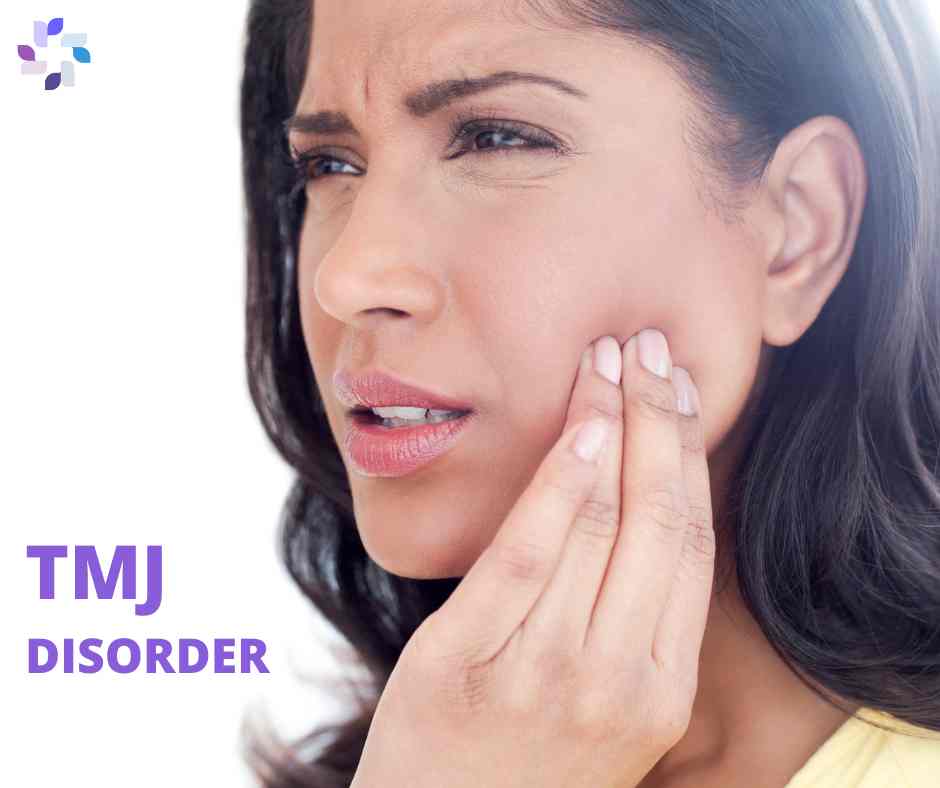If you have been diagnosed with facial palsy, it is important to understand the type of facial palsy that you have. This information can help you get the appropriate treatment, understand your prognosis, and make informed decisions about your care. There are several different types of facial palsy, each of which can have unique causes and symptoms.
The most common types of facial palsy
- Bell’s Palsy: This is the most common form of facial palsy and occurs when the facial nerve becomes inflamed. Bell’s palsy can cause sudden weakness or paralysis on one side of the face and can be accompanied by other symptoms such as pain, eye dryness, and teary eyes.
- Ramsay Hunt Syndrome: This form of facial palsy is caused by the herpes zoster virus. It can cause a painful rash, blisters in the ear and face, and weakness or paralysis in the face.
- Congenital Facial Palsy: This form of facial palsy is present at birth and is caused by a congenital (birth) defect in the facial nerve.
- Trauma-related Facial Palsy: This form of facial palsy is caused by injury or damage to the facial nerve, such as from a facial injury, surgery, or infection.
- Central Facial Palsy: This is a form of facial palsy caused by damage to the brain or central nervous system rather than the facial nerve.
Determining the type of facial palsy
To determine your facial palsy type, your doctor will perform a comprehensive evaluation that includes a physical examination, a review of your medical history, and imaging tests such as MRI or CT scans. In some cases, additional tests such as blood tests or nerve conduction studies may be necessary to confirm the diagnosis.
Conclusion
In conclusion, understanding the type of facial palsy you have is important for getting the appropriate treatment and understanding your prognosis. If you have been diagnosed with facial palsy, it is essential to work with your doctor to determine your facial palsy and receive the appropriate treatment and care. If you want additional support and resources, consider consulting with a specialist through a platform such as FaceRehab. Our team of experts is dedicated to helping individuals with facial palsy, and our app can help you track your symptoms and monitor your progress over time.









